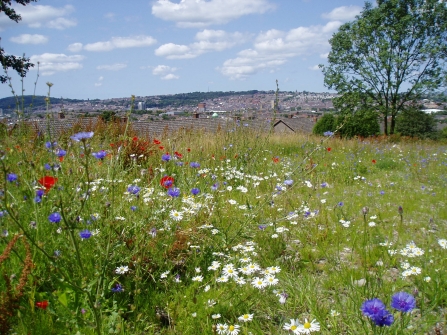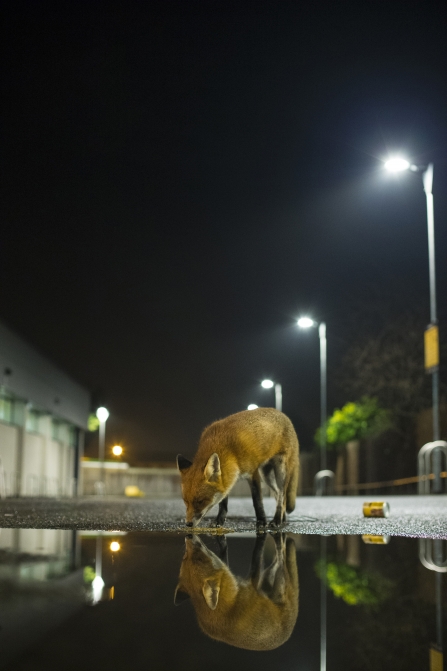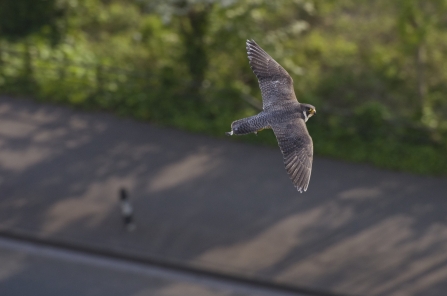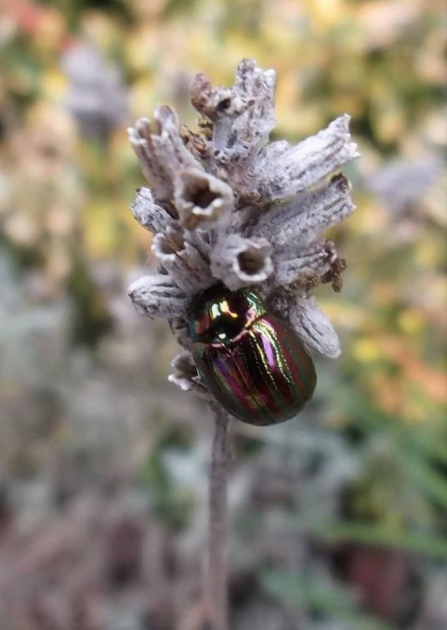It’s a self-evident comment to make, but nature is all around us, even if at times we are too busy to notice and enjoy it properly.
As the population grows, cities and towns expand. New housing developments spring up at the same time as the changing natural environment evolves, nature is ever-increasingly a part of our daily lives, at times adapting brilliantly to new opportunity and at other's struggling in the face of new challenges, and the urban north west is no different to anywhere else.
Arguably much of the landscape which we nowadays think of as natural greenspace has been heavily and historically shaped by the hand of man, be it the old mining landscapes of Wigan and St Helens or the abandoned textile and mill workings of Manchester, Bolton and East Lancashire. But increasingly our ‘newer’ man-made environments of towns, cities, gardens and parks are just as much a home for a surprisingly great variety of wildlife.





